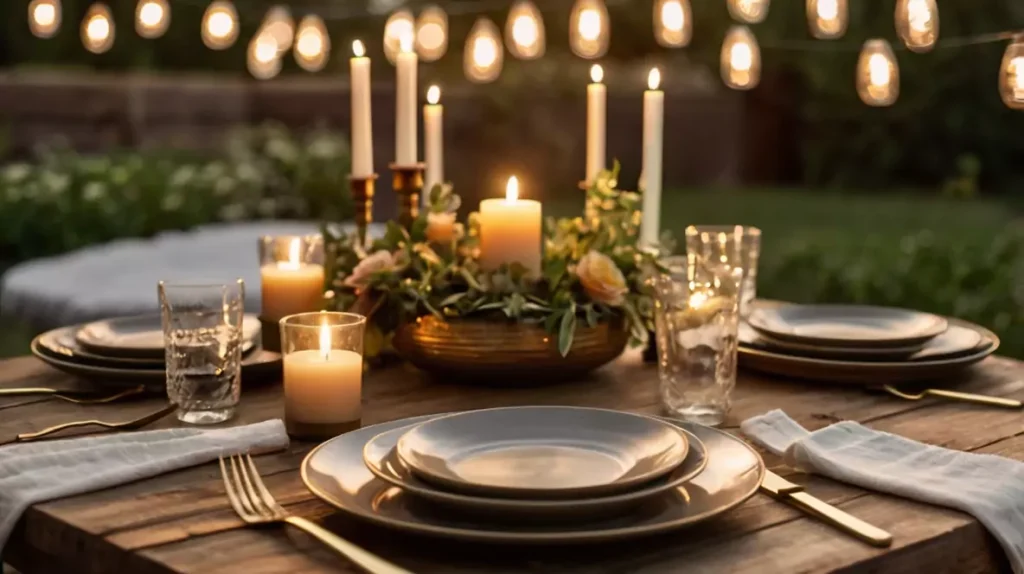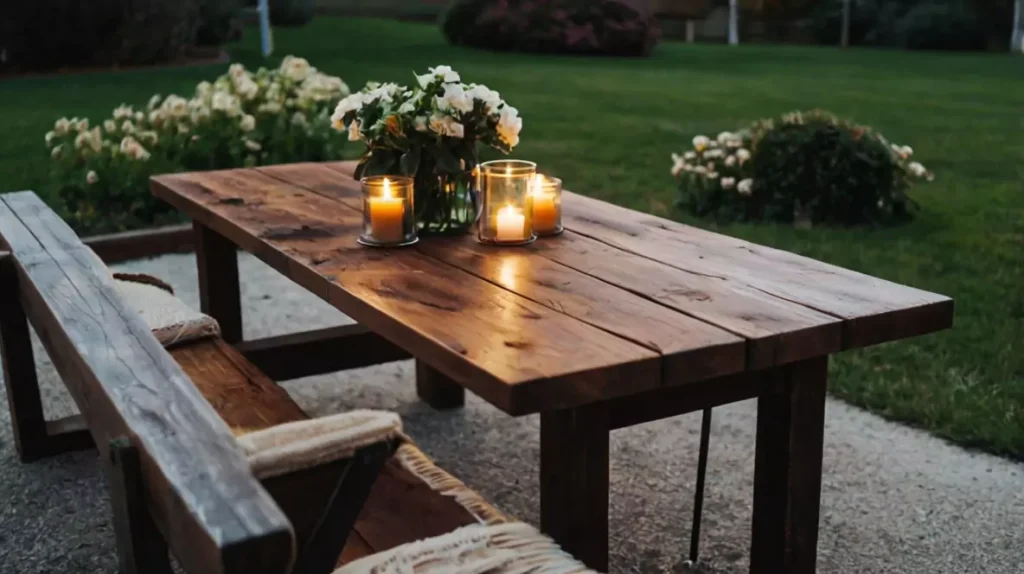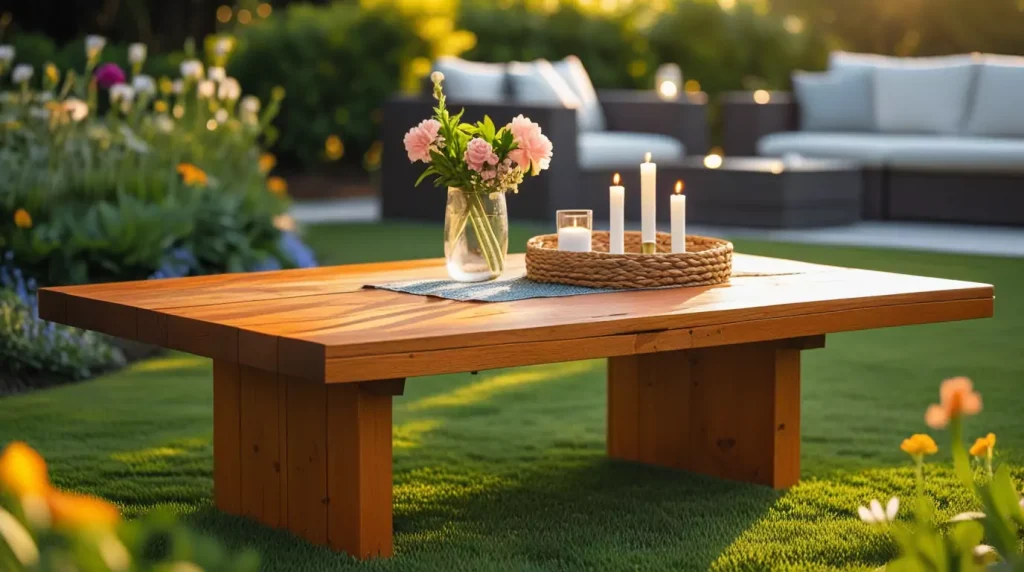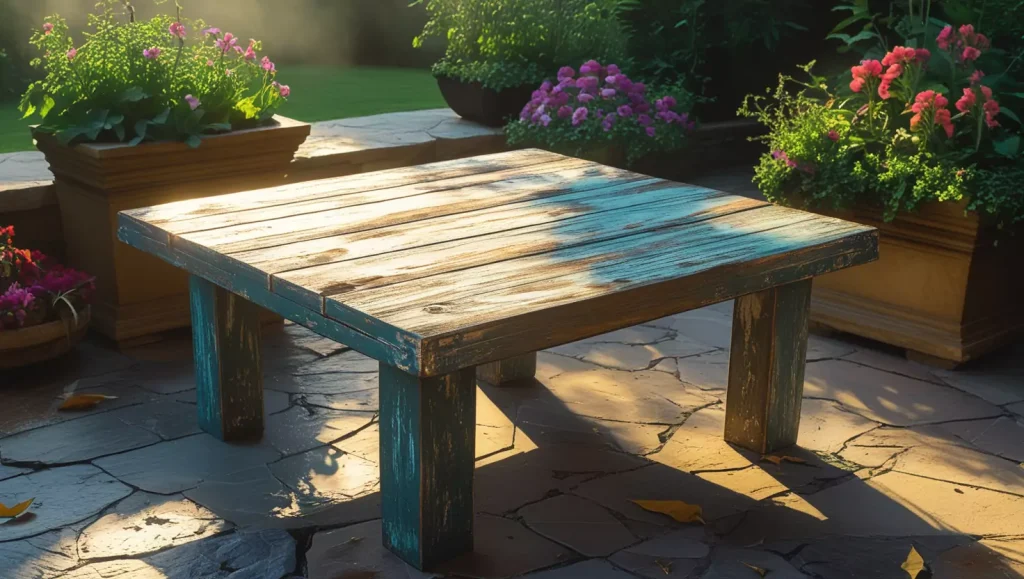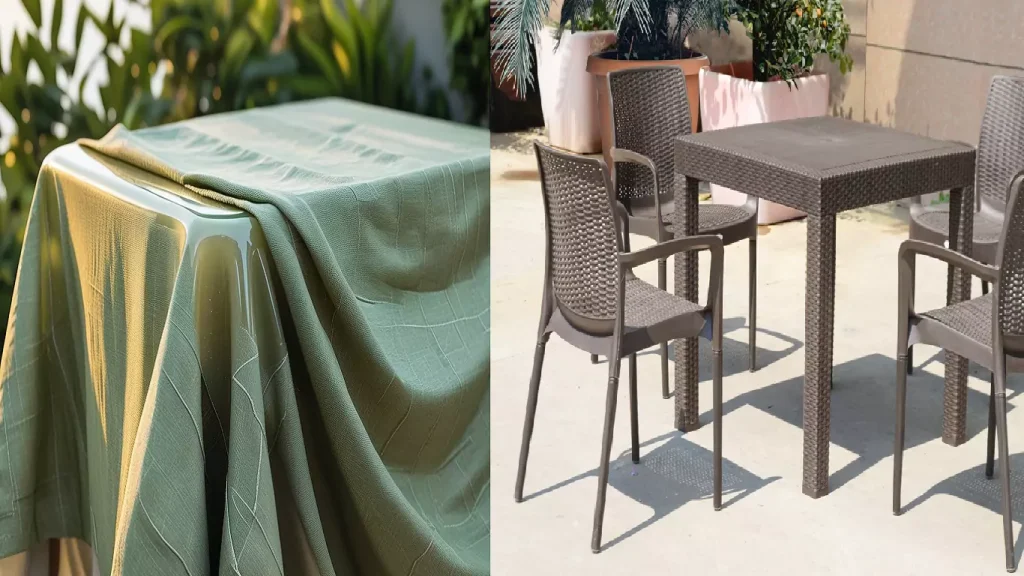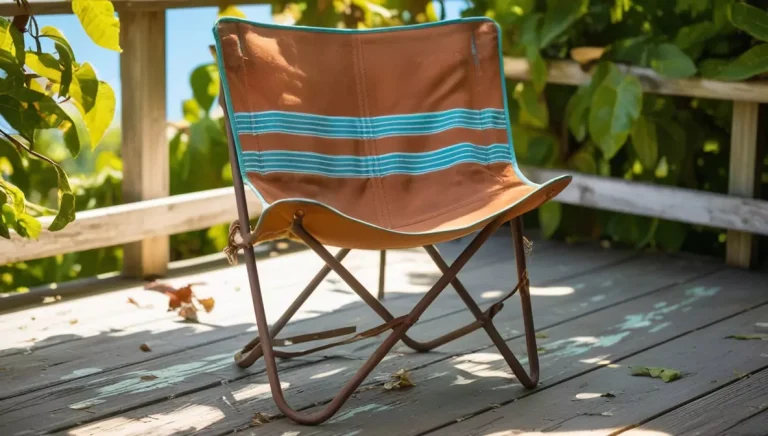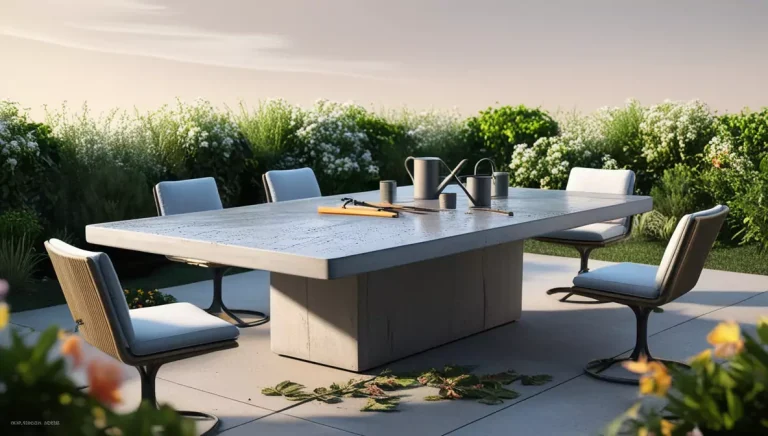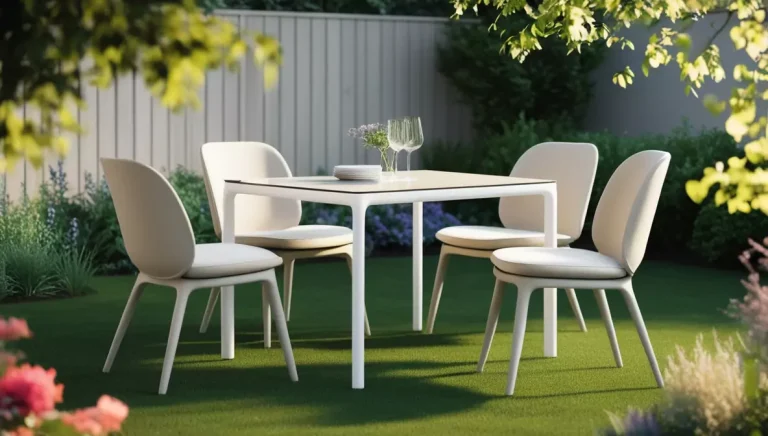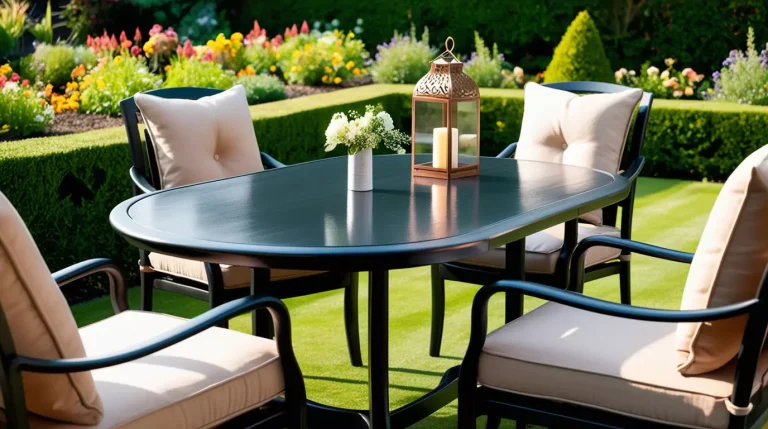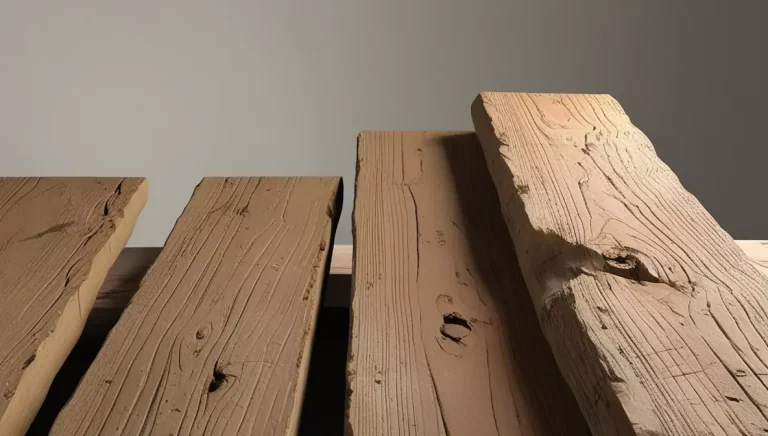Does Having Raised Garden Bed Planter really enhance productivity?
For home gardening, a raised garden bed planter is a flexible and effective option.
Whether you’re a novice or seasoned gardener, these elevated structures offer numerous benefits, including improved soil quality, easier maintenance, and better plant growth.
This guide will take you through everything you need to know about raised garden bed planters—from their basic definition to creative design ideas, material choices, and maintenance tips.
What is a Raised Garden Bed Planter?
An elevated gardening box intended to keep soil and plants above ground level is called a raised garden bed planter. Usually, wood, metal, or composite components are used to make it.
The elevated layout improves drainage, controls the characteristics of the soil, and makes gardening more accessible. Filling the bed with nutrient-rich soil enables you to provide your plants with the best possible habitat.
One of the greatest advantages of using raised garden bed planters is their ability to reduce soil compaction.
The elevation makes the soil looser, which promotes better root growth. For people with little ground space or those who garden in cities, they are also a great choice. Raised garden bed planters allow you to garden virtually anywhere—on patios, decks, and even rooftops.
Raised Garden Bed Ideas
To make the most of your raised garden bed planter, consider incorporating creative designs. These ideas not only improve functionality but also enhance the aesthetics of your outdoor space.
- Vertical Planters: Attach smaller planters to the sides of your raised bed for vertical gardening. To make the most of your space, grow strawberries, herbs, or little flowers.
- Trellis Addition: Add a trellis to one side of the raised bed for plants that climb, like tomatoes, beans, or peas. A trellis supports upward growth, saving space and adding a decorative element.
- Multi-Tiered Beds: Build multiple levels within your raised garden bed planter. Each tier can be used for different plants. This design provides an interesting visual appeal and practical separation of plant types.
- Corner Beds: Design raised beds to fit into the corners of your garden or outdoor space. This idea helps you use space efficiently and adds structure to your garden layout.
- Wheelchair-Accessible Beds: Make gardening easier for everyone with elevated beds that are accessible from all sides. For those with restricted mobility, these raised garden bed planters make gardening possible without bending or kneeling.

Raised Garden Bed Planter from Bunnings
If you’re looking to purchase a raised garden bed planter, Bunnings offers a wide variety of options, especially in Australia and New Zealand. When choosing a raised garden bed planter from Bunnings, consider the available sizes, materials, and extra features. Popular options:
- Wooden Planters: Wooden raised garden beds add a natural aesthetic to your garden. However, untreated wood can rot over time, so you may need to use treated wood or regularly apply sealants to protect the wood from moisture.
- Galvanized Steel Planters: Steel planters don’t rust and need little upkeep. Additionally resilient to harsh weather is galvanized steel.
- Self-Watering Planters: Some raised garden beds come equipped with built-in irrigation systems. These self-watering planters help maintain consistent soil moisture, reducing the need for manual watering and helping prevent overwatering or underwatering.
- Portable Planters: Wheeled raised garden beds are flexible and convenient. To follow the sun or shield plants from inclement weather, you can relocate your planter to different areas of your yard.
When buying from Bunnings, carefully consider the size and material that fits your gardening needs. Wooden raised garden bed planters look great but require more maintenance, while galvanized steel options offer longevity.
Raised Garden Bed Planter Plans
One can construct a raised garden bed planter by themselves: This is crucial for individuals who enjoy do-it-yourself projects or who might desire a custom design. You may choose the specific parts, size and other stylistic features that would ideally fit your gardening goals. Here’s how to get started, step-by-step:
Material Selection:
This can use composite, stone, metal or wood. Other preferred woods because they do not rot include cedar and redwood. This makes composite and metal materials less requiring to be maintained and are even harder wearing than their timber counterparts.
Dimensions:
The majority of raised garden beds have been constructed to measure four feet by four feet, and this is the size that has been used the most. You can go from either side to the center of the bed thanks to its width, which also eliminates the need for you to step into it with wet feet. Typically, the height ranges between 12 to 18 inches but depending with your preference or the specific requirements for the plant in question you can add or reduce this height.
Making the Bed:
It is advised to cover raised garden beds with a planter liner. When it rains, the liner will help keep the dirt from eroding and spreading to other regions of the earth. Additionally, a liner acts as a barrier to prevent chemicals applied to treated wood from seeping into the ground.
Drainage:
Effective drain age is critical to the suvival of the plants. Place a layer of stones on the planter’s base before adding soil, or drill some drainage holes in the planter’s base if it appears to retain water or rainfall for an exceptionally lengthy period of time. This leads to better water circulation and site drainage and prevents the development of water logged soils and root systems.
Soil and Maintenance Advice for Planters in Raised Garden Beds
If you want your raised garden bed planter to flourish, you must use quality soil. Raised bed gardens provide several advantages over in-ground gardening, chief among them being the ability to select the soil quality.
Utilize High-Quality Soil:
Firstly, mix organic matter with compost and top soil. With regard to plant roots, this nutrient mixture offers the best conditions for their development.
Add Compost Frequently:
Organic gardening is expected to retain nutrients because the plants are grown directly on the ground. To encourage plants to develop even more, try replacing the current soil with fresh compost or organic fertilizer.
Watering and Irrigation:
Furthermore, it’s crucial to remember that raised garden beds dry up quicker than in-ground gardens. It is important to do watering frequently and especially during a hot season. Another practical tip is to use a self-watering planter, or if you are planting a big number of plants, place a drip irrigation system to avoid having to water the plants yourself all day.
Weed Control:
Raised beds also usually have fewer weed problems than traditional gardens. Despite this some weeds may still find their way into this system. Cover the surrounding ground of your plants to prevent weed seeds from germinating through denying soil access to sunlight.
Seasonal Maintenance:
Till the soil to improve it structure and eliminate weeds before planting or before starting a new crop. In this way, the soil is improved and made ready for the seeds of the upcoming planting season. To maintain the outlooks and functionality of the gardens, the dead small plants should be cleared during the same time of the year while the tools used for the gardens should be stored properly.
Best Raised Garden Bed Planter
Selecting the right raised garden bed planter involves make some considerations that include space, cost, and the garden crop of your preference. It is important to be precise on what is wanted by the gardener or even the type of garden that you have in mind whenever you get to buy gardening tools.
Compact Space Raised Garden Bed planter
Other types include raised garden bed planters that are tier based or vertical and are most appropriate for people with very little space for planting. These planters introduced more useful height instead of ground area thereby letting you grow more plants in less area. Tiny balconies, patios, and small yards are perfect locations for vertical planters arrangements. These relatively small forms are perfect for books, for herbs, green onions, and small-flowering plants.
Tiered planters are another levels which allow several types of plants to be grown at the same time without occupying much floor area. This design is among the finest for urban gardeners since it is quite practical for those with small yards and attractive to look at.
Most Durable Raised Garden Bed Planter
If you want your raised garden bed planter to last for several seasons, durability is essential. Metal beds that have been galvanized are among the most resilient choices. They are resistant to corrosion and rust, so inclement weather is no match for them. In addition to being low maintenance, metal raised garden bed planters provide your garden area a clean, contemporary appearance.
Alternatively, composite material beds are another long-lasting choice. Composite beds combine wood fibers and plastic, offering the look of wood without the risk of rotting or warping. These beds are resistant to moisture, insects, and extreme weather, making them a great investment for long-term gardening.
Eco-Friendly Raised Garden Bed Planters
If you value sustainability, you might want to look at raised garden bed planters constructed of repurposed wood or bamboo, which are both environmentally beneficial materials. Bamboo planters are an environmentally beneficial option because they are not only stunning but also quite renewable. They are perfect for organic farming because they are strong and have built-in pest resistance.
Still another ecological choice is reclaimed wood. You lessen your influence on the environment when you reuse wood that might otherwise go to trash. To stop chemicals from seeping into your soil, you must ensure that the wood is either left untreated or treated with natural, non-toxic methods.
Top-Rated raised Garden Bed for Green Spaces
raised garden bed kits present a superb choice for individuals working with a modest budget. These kits generally encompass all components necessary for straightforward assembly, often without the need for tools.
The kits are available in a variety of dimensions to accommodate different gardening sites and are crafted from an array of materials such as composite, metal, and timber.
Garden bed kits are ideal for beginners or anyone seeking a hassle-free setup, offering a swift and cost-effective pathway to starting your raised bed garden.
Exceptional Premium Raised Garden Bed Planter
Custom-built cedar raised garden bed planters provide a splendid alternative if you seek a luxurious option. Cedar’s inherent resistance to decay and pests ensures its longevity. High-end cedar beds often come with integrated irrigation systems, simplifying the watering process. This superior option not only delivers convenience and outstanding quality to your outdoor space but also elevates its aesthetic appeal.
Cedar planters possess a timeless, refined appearance that enhances any garden style. Although they may be pricier, these bespoke beds represent a prudent investment for committed gardeners who value superior materials and expert craftsmanship.
Gardening with raised Beds
Gardeners across all expertise levels have grown fond of raised garden beds. These beds provide a multitude of advantages, such as improving soil quality and making gardening more accessible and manageable. A raised garden bed planter can help you create an attractive and functional garden, whether you’re cultivating herbs, flowers, or vegetables.
Why Opt for Gardening in Raised Beds?
Before delving into specific gardening practices, it’s crucial to understand the advantages of utilizing a raised garden bed planter. raised beds empower you to precisely control soil quality, a vital aspect for cultivating robust plants. They also provide superior drainage, reduce soil compression, and make planting, weeding, and harvesting more convenient—all especially beneficial for individuals with limited mobility. Because raised beds are raised above ground level, they help deter weeds and certain pests from infiltrating your garden.
Let’s explore the various horticultural projects that can be undertaken with raised garden bed planters.
Vegetable Cultivation in Raised Garden Beds
Growing vegetables is one of the most favored uses for a raised garden bed planter. Raised beds provide deep, nutrient-rich soil that is perfect for root crops and leafy greens, making them perfect for vegetable planting.
Advantages:
- Enhanced Soil Depth: Vegetables such as carrots, beets, and potatoes thrive in deep soil, which raised garden beds provide.
- Nutrient Regulation: Since you fill the bed with your customized soil blend, you can ensure it’s teeming with the nutrients your vegetables need to flourish.
- Improved Accessibility: The raised design minimizes the need for bending when planting, weeding, or harvesting.
To optimize results, plant vegetables in rows with adequate spacing to encourage air circulation and avoid overcrowding. Raised beds are also excellent for intensive planting techniques, where you maximize the number of plants in a given area.
Floral Gardening in Raised Garden Beds
Planting flowers in a raised garden bed planter enables you to create vibrant displays of color throughout your garden. Different flowers can be arranged together to produce stunning combinations of height, texture, and hue.
Advantages:
- Customizable Soil: Many flowers have specific soil needs, and raised beds allow you to modify the soil to meet the requirements of each flower type.
- Visual Appeal: Create raised flower beds of varying heights and shapes to add dimension and structure to your garden.
- Enhanced Drainage: Flowers like roses and lavender benefit from well-drained soil, which is more easily achieved with a raised garden bed.
Combine perennials with annuals for continuous blooming throughout the seasons. Experimenting with companion planting can also help repel pests and attract beneficial insects in floral beds.
Herb Gardening in Raised Garden Beds
Cultivating herbs in a raised garden bed planter is a straightforward and rewarding approach. Herbs such as basil, thyme, mint, and rosemary thrive in raised beds due to excellent drainage and the containment of the herbs in a defined area.
Advantages:
- Compact Growth: Raised beds prevent herbs from spreading uncontrollably, making it easier to manage your herb garden.
- Effortless Harvesting: The raised design makes harvesting herbs quick and straightforward.
- Organized Layout: Grouping different herbs in sections helps create an orderly herb garden that’s simple to maintain.
Consider establishing an herb garden near your kitchen to conveniently snip fresh herbs while cooking.
Companion Planting in Raised Garden Beds
Companion planting involves growing synergistic plants together to boost growth, repel pests, or enhance flavors. Raised garden beds are ideal for companion planting, as they allow for precise soil management and plant spacing.
Advantages:
- Natural Pest Deterrence: Certain plants, such as marigolds, help repel pests that may harm adjacent vegetables or flowers.
- Enhanced Growth: Some plant pairings, like beans and corn, benefit from being grown together due to nutrient-sharing or structural support.
- Efficient Use of Space: Raised beds enable precise planting, making it easier to pair compatible plants within a limited area.
For example, tomatoes and basil grow well together, with basil helping deter harmful insects targeting tomatoes. By understanding which plants complement each other, you can boost your yield and reduce the need for chemical pesticides.
How to Construct a Raised Garden Bed
Creating your own raised garden bed planter is a simple do-it-yourself project that can be completed in a few hours. Follow these steps to build a raised bed that suits your gardening aspirations:
Step 1: Select the Location
Raised garden bed is sunny area friendly option. Most plants require at least six hours of sunlight daily, so ensure the spot receives sufficient light.
Step 2: Prepare the Ground
Grass, weeds, or garbage prevent growth so clear them. To stop weeds from growing through the bed, put cardboard or create a weed barrier if necessary.
Step 3: Assemble the Frame
Construct the frame using materials like wood, galvanized metal, or stone. Because they don’t rot, cedar and redwood are great timber options. Build the bed to your desired dimensions, keeping it at least 6–12 inches deep for most plants.
Step 4: Fill with Soil
Add a high-quality soil mix to the bed. A good blend includes garden soil, compost, and organic matter to supply nutrients. If you’re growing vegetables, ensure the soil is rich in nitrogen, phosphorus, and potassium.
Step 5: Plant and Water
Plant your desired vegetables, flowers, or herbs in the bed, adhering to the recommended spacing for each type. Water the bed just after finishing planting. You can add mulch that will retain moisture.
Raised Garden Bed Planter Box
Visit : For More
A more compact, enclosed version of the conventional raised bed is a raised garden bed planter box. These planter boxes are ideal for patios, balconies, and other tight spaces where a full-sized bed wouldn’t fit.
Advantages:
- Portability: Many planter boxes are designed with wheels or are lightweight enough to be moved, allowing you to adjust the location based on sunlight or weather conditions.
- Style Variety: Planter boxes come in diverse designs, from rustic wooden options to sleek metal ones, offering flexibility to match your outdoor décor.
- Beginner-Friendly: Easy to maintain, planter boxes are perfect for novice gardeners who wish to start small.
These planter boxes are ideal for cultivating herbs, compact vegetables, or decorative flowers in confined spaces. Self-watering planter boxes are also available, reducing the need for frequent watering and helping ensure your plants remain hydrated.
So What Now?
Outdoor raised garden bed planters are a superb addition to any garden, offering adaptability, superior soil conditions, and simplified upkeep. Regardless of your level of gardening experience, picking the appropriate raised garden bed planter for your area is crucial.
Elevate your gardening experience by incorporating a raised garden bed planter that meets your needs and complements your outdoor area.

